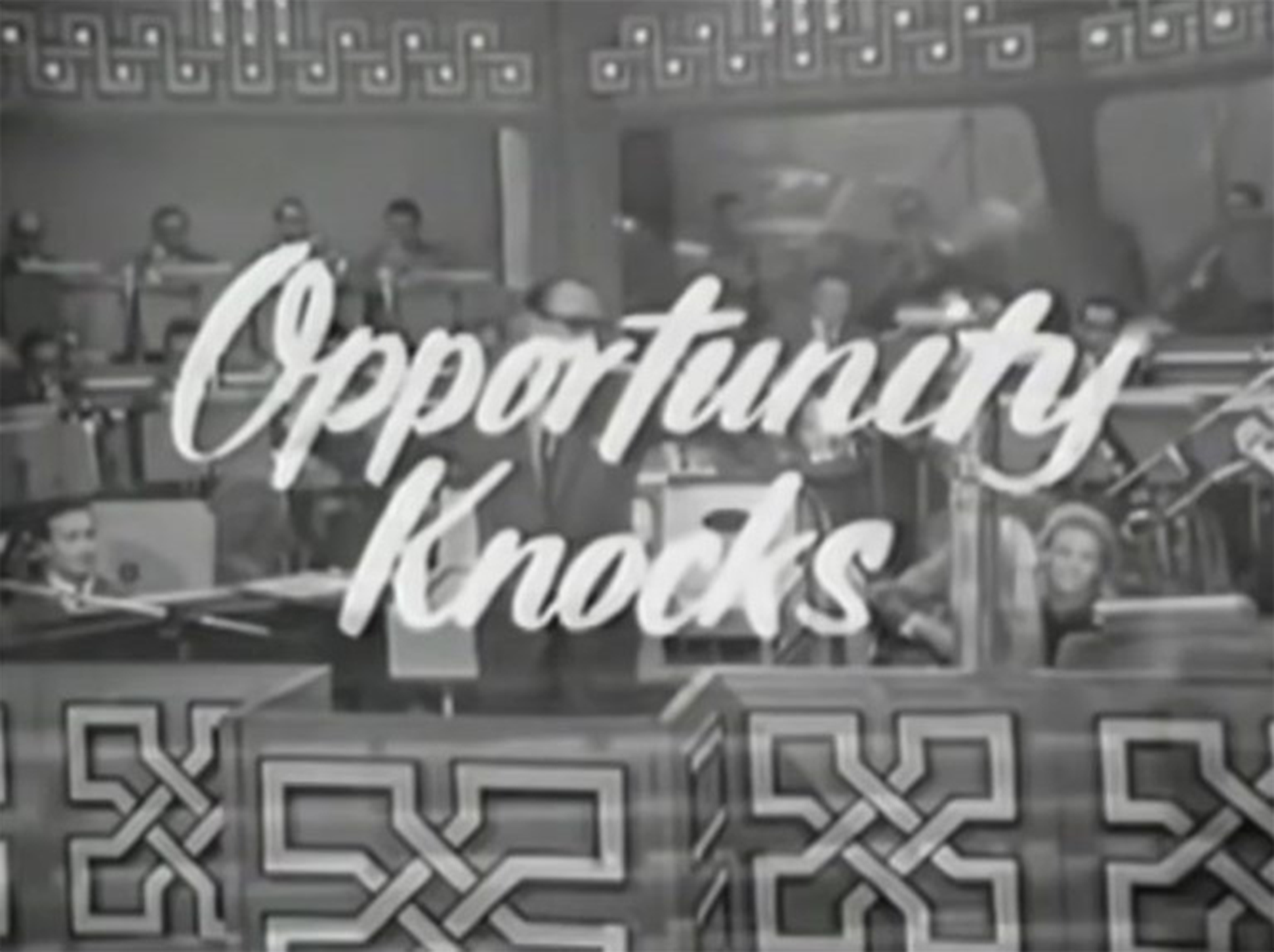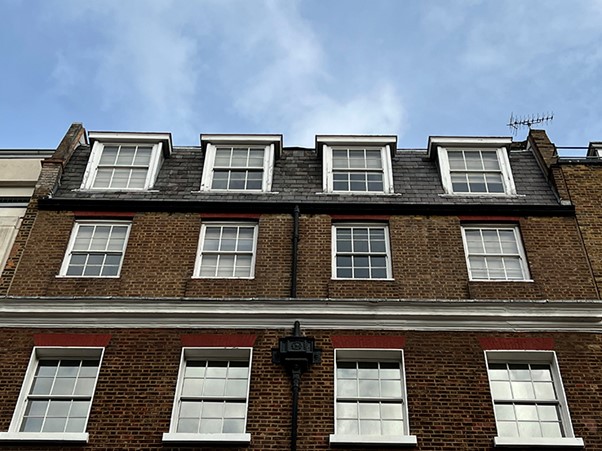4th May, 1968. ABC Television Studio, Manchester.
The story starts on May 4th 1968, on the British television talent show ‘Opportunity Knocks,’ where a talented young 17-year-old Mary Hopkin began performing – going on to win six episodes in a row. Little did Mary know; the iconic British model Twiggy was watching one of those performances on her television at home.

A still of the title card of ‘Opportunity Knocks’.
That weekend, Twiggy was talking to a friend about Mary’s performance on the programme, a friend who was soon to establish a record label with his band. That friend was… Paul McCartney! Just two days later, Mary received a telegram asking her to call Apple Corps. Hesitant at first, she was persuaded by her mum to telephone the label.
“So I rang up and was put through to this guy with a Liverpool accent” Mary later recalled. It was, of course, Paul McCartney – and the next day she was on her way to London to sign a contract.

3 Savile Row, London. Apple Corp HQ.
30th August, 1968. EMI Studios, London.
Fast forward to August 1968, and with the launch of The Beatles’ Apple Records came the release of Mary’s debut single ‘Those Were The Days,’ produced by Paul himself. On spending time with her mentors, The Beatles, Mary described them as “very respectful, the perfect gentlemen” and reflected on having “lots of fun” shopping with Linda McCartney, then Linda Eastman.
Following a number of TV appearances, the release of her debut album Post Card, and her first tour, our story is now in the year 1970 – the year that Mary represented the UK in the Eurovision Song Contest.
21st March, 1970. Amsterdam.
Mary’s entry song, later released on Apple Records, was called ‘Knock Knock Who’s There.’ The song was well received, putting her in second place behind Ireland, with their winning ballad ‘All Kinds of Everything.’ ‘Knock Knock Who’s There’ went on to become a worldwide hit, selling over a million copies and peaking at number 2 in the UK.
The song seemed to be popular to almost everyone but the songstress behind it: Mary herself. It wasn’t the type of music she personally desired to sing, and later said “standing on a stage singing a song you hate is awful. Unless you’re expressing what’s inside there’s just no point.”
In fairness to Mary, although it is an enjoyable song with, of course, beautiful vocals – it could be reasonable to say that it lacked some of the soul and heartfulness found in Mary’s more recent original folk music like the tracks found on her 2013 album ‘Painting by Numbers’ and her latest release ‘Two Hearts’ written and recorded together with her daughter Jessica Lee Morgan.
Nevertheless, it was popular.
After her appearance in Eurovision in 1970, Mary wanted to escape from the demands of showbiz before returning to her folk-music roots. She returned to recording in the late 70s and stayed true to herself and to her passion for heartfelt folk music.

Mary Hopkin performing with her guitar.